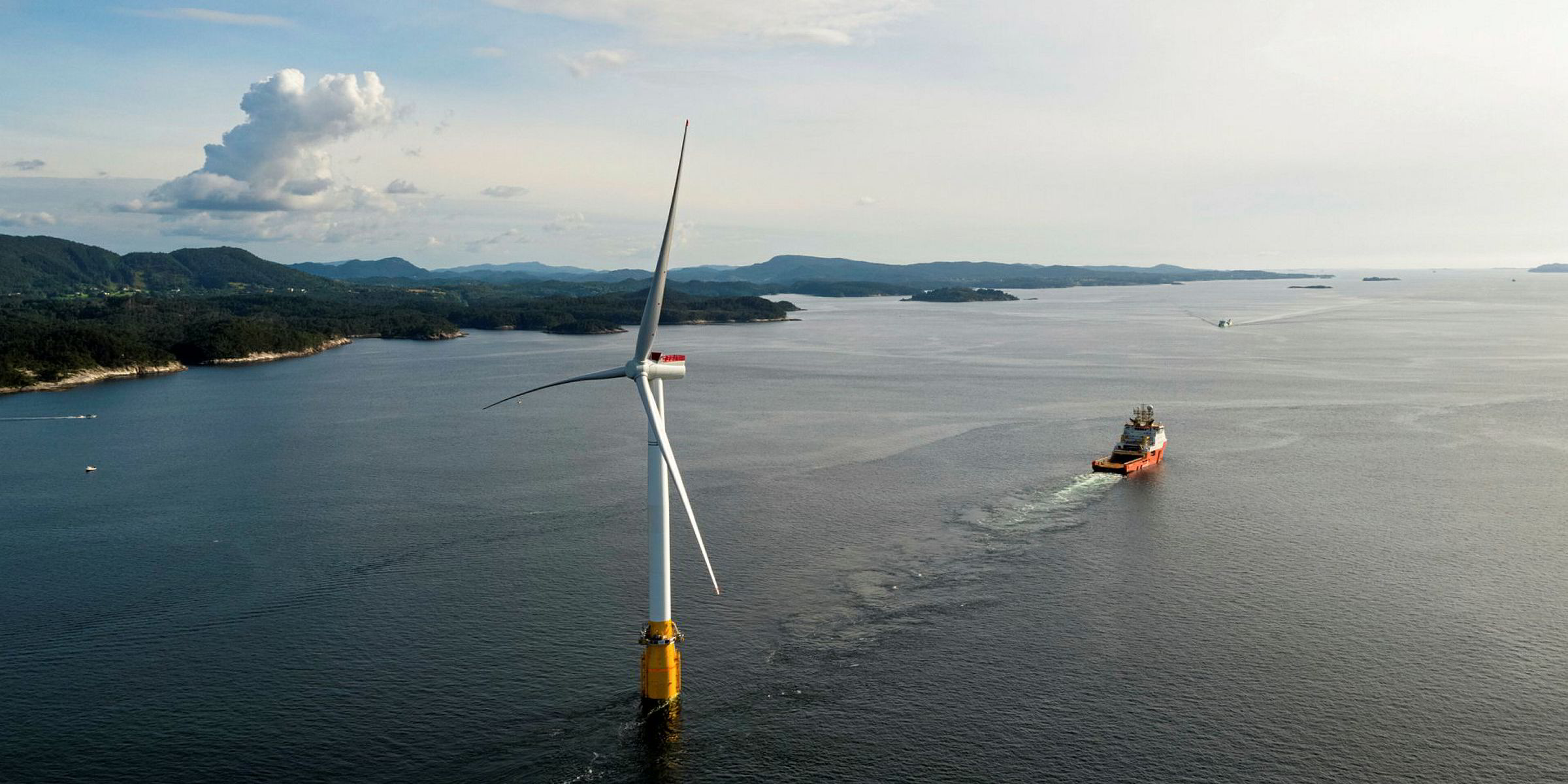Darius Snieckus speaks with Rhodri James, manager at UK low-carbon business development body the Carbon Trust, about the prospects for floating wind as the world’s first array, the 30MW Hywind Scotland in the UK North Sea, powers up. James co-authored a landmark sector report published in 2015.
How does switch-on of Hywind Scotland – the world’s first floating wind farm – change the investment prospects for industrial-scale development of the sector?
Hywind Scotland is a major milestone for this fledgling sector, which is accelerating towards commercialisation.

